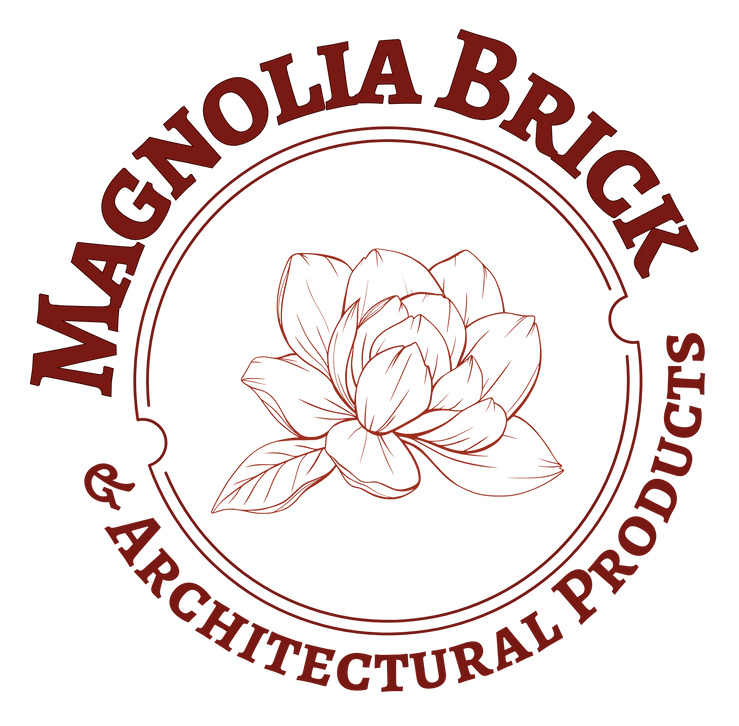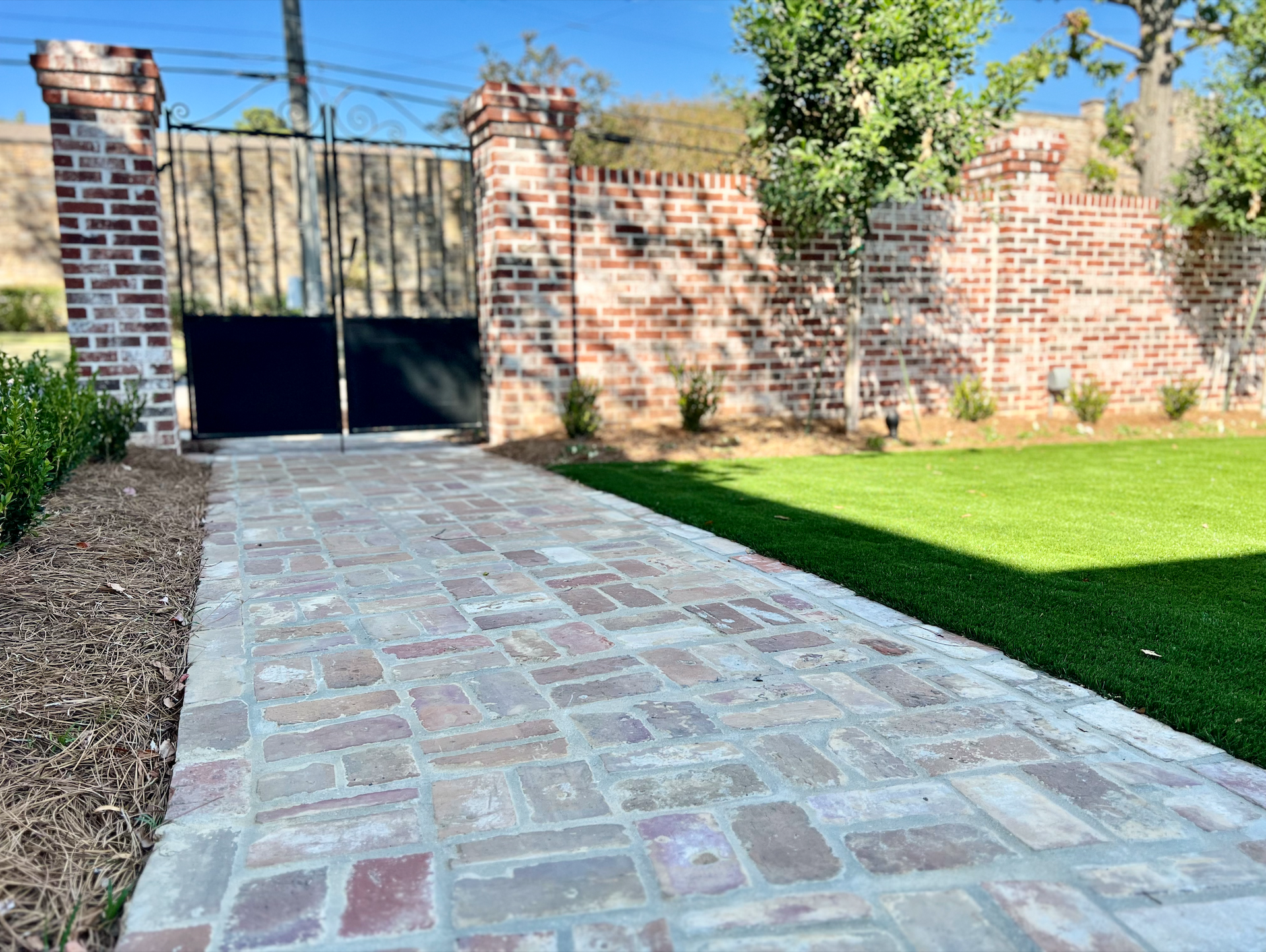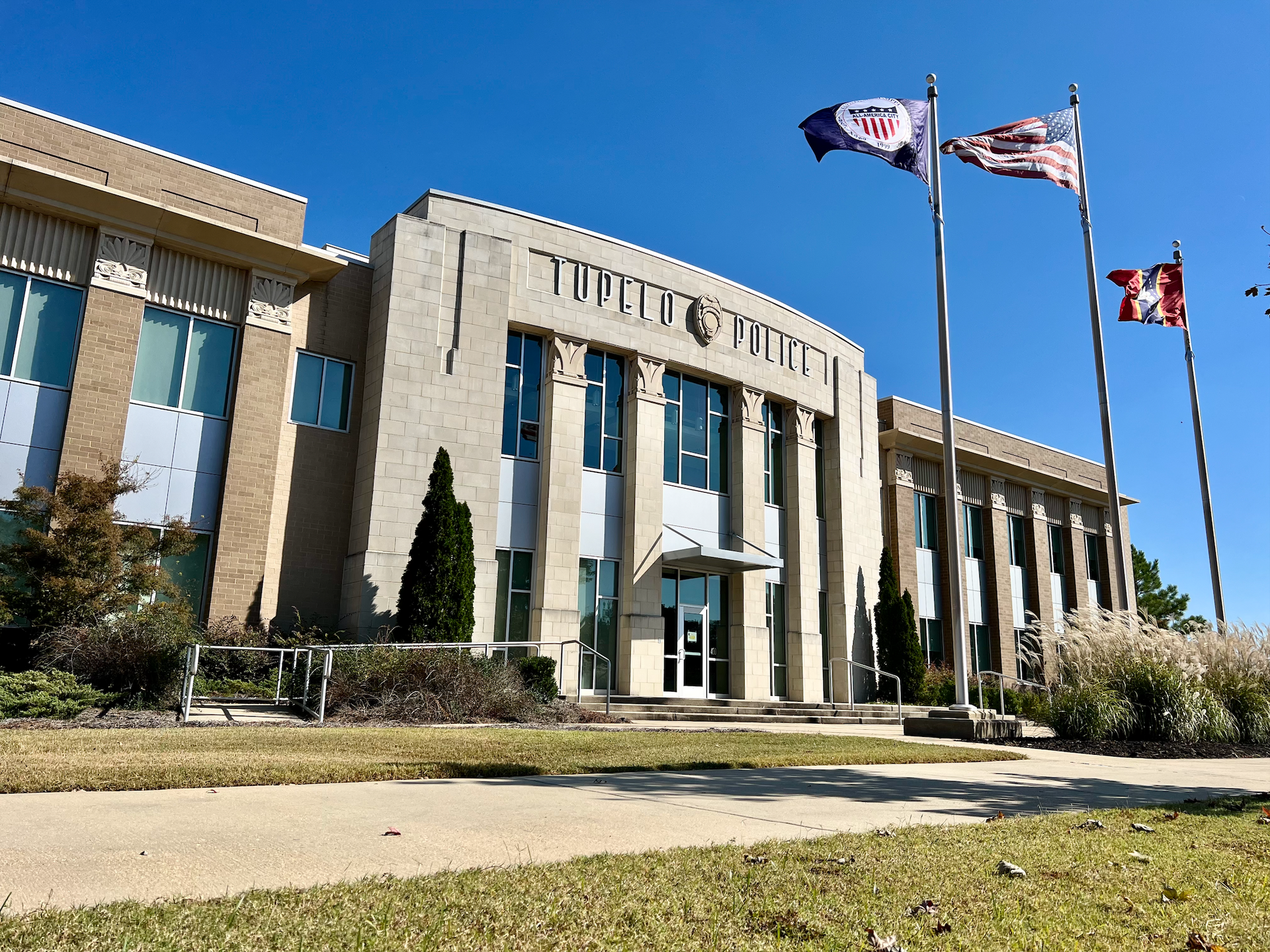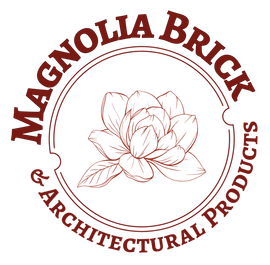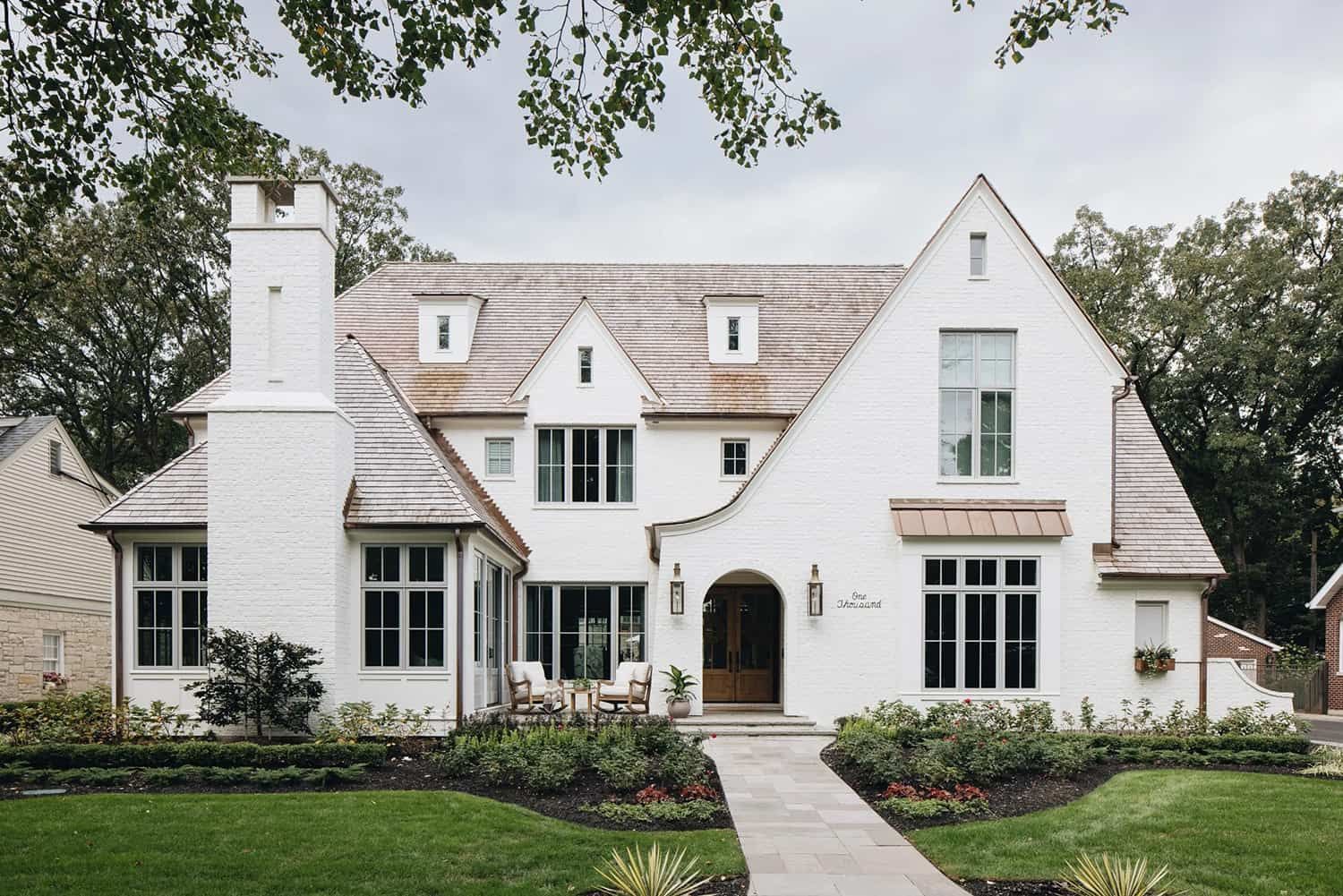
Historic buildings are more than just structures; they are tangible connections to the past, embodying the architectural styles, cultural values, and craftsmanship of earlier times. Preserving these buildings is crucial for maintaining a community's historical identity and architectural heritage. However, restoring historic buildings, particularly those made of brick, presents unique challenges. One of the most complex aspects of restoration is matching brickwork—ensuring that new bricks seamlessly blend with the original materials in color, texture, size, and composition. This blog explores the art and science of matching brickwork in historic restoration, offering insights into the techniques, challenges, and importance of preserving architectural authenticity. The Importance of Matching Brickwork Matching brickwork is essential in historic restoration for several reasons. First and foremost, it ensures the aesthetic continuity of the building. A mismatch in brick color, size, or texture can disrupt the visual harmony of a structure, making repairs or additions stand out in a way that detracts from the overall appearance. Moreover, matching brickwork preserves the historical integrity of the building. Many historic buildings are protected by preservation laws or listed on historic registers, which often require that any restoration work maintains the building's original appearance as closely as possible. Using incompatible bricks can lead to regulatory issues and, more importantly, diminish the historical value of the property. Finally, matching brickwork is crucial for the structural integrity of the building. Bricks that are not compatible in terms of composition or firing process can respond differently to environmental conditions, leading to issues like cracking, spalling, or moisture intrusion. Therefore, it is not just about aesthetics but also about ensuring the long-term durability and stability of the structure. The Challenge of Matching Bricks Matching bricks in a historic restoration project is a challenging task that requires a deep understanding of both traditional and modern brickmaking techniques. The primary challenges include: Color Matching: Over time, bricks can change color due to weathering, exposure to sunlight, and environmental factors. Finding new bricks that match the color of aged bricks can be difficult, especially if the original bricks were made using local clay that is no longer available. Texture and Surface Finish: The texture of bricks can vary significantly depending on the manufacturing process. Older bricks might have a rough, handmade texture, while modern bricks tend to have a more uniform, machine-made finish. Achieving a consistent surface finish is crucial for a seamless restoration. Size and Shape: The size of bricks has changed over time, with older bricks often being slightly larger or differently proportioned than modern ones. Using bricks of a different size can create visible discrepancies in the brickwork pattern, known as the bond. Mortar Composition: Matching the mortar used between bricks is just as important as matching the bricks themselves. The color, composition, and joint width of the mortar can significantly impact the overall appearance of the brickwork. Techniques for Matching Brickwork Successfully matching brickwork in a historic restoration project requires a combination of traditional craftsmanship and modern technology. Here are some of the most effective techniques: 1. Brick Salvaging One of the most authentic ways to match brickwork is by salvaging bricks from the same period or even from the same building. This involves carefully dismantling sections of the structure that are beyond repair and reusing those bricks in other areas of the restoration. Salvaged bricks provide an exact match in terms of color, texture, and size, ensuring a seamless integration. Brick salvaging is particularly useful when dealing with buildings made from locally sourced materials that are no longer available. However, this method can be labor-intensive and may not always provide enough bricks for large-scale restorations. 2. Custom Brick Manufacturing In cases where salvaging bricks is not feasible, custom brick manufacturing can be an excellent alternative. This process involves creating new bricks that replicate the appearance of the original ones as closely as possible. Brick manufacturers can adjust the clay composition, firing temperature, and surface treatment to produce bricks that match the color and texture of the originals. Custom bricks can be made to match the size and shape of older bricks, ensuring a consistent bond pattern. This approach allows for greater flexibility in large-scale projects where a significant number of new bricks are needed. 3. Reclaimed Bricks Reclaimed bricks, sourced from demolished buildings of the same era, offer a sustainable and historically accurate solution. These bricks have already aged naturally, making them more likely to match the color and texture of the existing brickwork. Reclaimed bricks can be sourced from specialized suppliers who carefully clean and grade them for reuse. Using reclaimed bricks is environmentally friendly, reducing the need for new materials and preventing old bricks from ending up in landfills. However, availability can be limited, and finding a consistent supply of reclaimed bricks that match the original ones can be challenging. 4. Tinting and Surface Treatment When an exact match cannot be achieved with new bricks, tinting and surface treatment can help blend the new bricks with the old ones. Brick tinting involves applying a specially formulated stain to the surface of the bricks to alter their color. This technique can be used to match the color of new bricks to weathered ones or to unify the appearance of bricks from different sources. Surface treatments, such as sandblasting or acid washing, can be used to roughen the texture of new bricks, making them more consistent with older, handmade bricks. These treatments must be applied carefully to avoid damaging the bricks or compromising their durability. 5. Mortar Matching Matching the mortar is just as important as matching the bricks. Mortar color and composition can vary widely, especially in older buildings where lime-based mortars were commonly used. Modern mortars, typically made with Portland cement, have a different appearance and behavior than traditional lime mortars. Restoration specialists can analyze the original mortar to determine its composition and replicate it using similar materials. Lime mortars, for example, can be custom-mixed to match the color and texture of the original mortar, ensuring that the joints blend seamlessly with the existing brickwork. 6. Use of Digital Technology Advancements in digital technology have made it easier to match brickwork with precision. Techniques like photogrammetry and 3D scanning allow restoration professionals to create detailed digital models of the existing brickwork. These models can be used to analyze the color, texture, and pattern of the bricks, aiding in the selection or creation of matching materials. Digital color matching tools can also be used to precisely match the color of new bricks to the existing ones. These tools analyze the color spectrum of the original bricks and recommend the closest possible match from a selection of available bricks. Case Studies: Successful Brickwork Restoration To illustrate the importance and effectiveness of matching brickwork in historic restoration, let's explore a few case studies where these techniques were applied successfully: 1. St. Pancras Renaissance Hotel, London The St. Pancras Renaissance Hotel in London, originally opened in 1873, is a stunning example of Gothic Revival architecture. During its restoration, over 60,000 custom-made bricks were used to match the original Victorian bricks. The project required extensive research into the original brick-making techniques, and the custom bricks were manufactured using traditional methods to ensure authenticity. 2. Independence Hall, Philadelphia Independence Hall, the birthplace of the United States, underwent a significant restoration in the 1950s. To maintain the historical integrity of the building, restoration experts used salvaged bricks from demolished 18th-century buildings in Philadelphia. The bricks were carefully selected to match the color and size of the original ones, preserving the hall's iconic appearance. 3. The Trinity Church, New York City The Trinity Church, built in 1846, is one of New York City's oldest and most iconic buildings. During its restoration, custom-made bricks were produced to match the original ones, which had weathered over more than a century. The project also involved carefully matching the mortar, using a lime-based mix similar to the original. Conclusion Matching brickwork in historic restoration is both an art and a science. It requires a deep understanding of traditional brickmaking techniques, modern restoration methods, and an appreciation for the historical significance of the building. By carefully selecting and preparing materials, restoration professionals can ensure that new work blends seamlessly with the old, preserving the architectural integrity and aesthetic beauty of historic buildings. As communities continue to recognize the value of preserving their architectural heritage, the demand for skilled brickwork restoration will only grow. Whether through salvaging original bricks, custom manufacturing, or innovative surface treatments, the goal remains the same: to honor the past while ensuring that these magnificent structures endure for future generations to appreciate and enjoy.
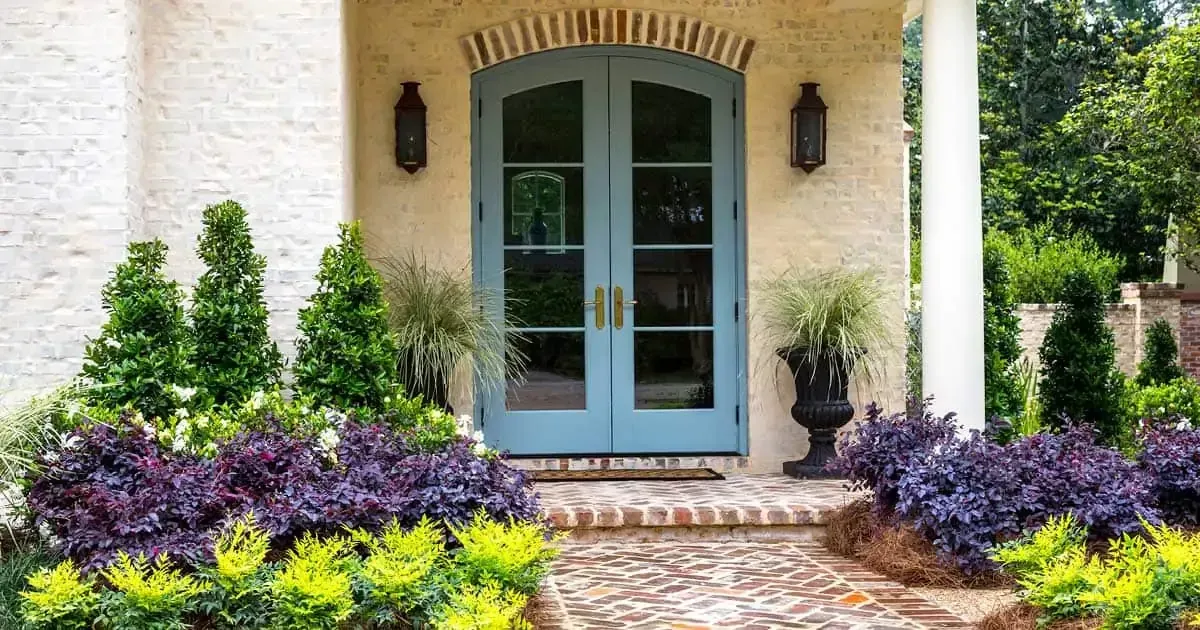
In the world of construction and architecture, few materials have stood the test of time as admirably as brick. For thousands of years, bricks have been a fundamental building block, literally and figuratively, in the development of human civilization. From the ancient cities of Mesopotamia to the bustling streets of modern-day cities, brick has been a constant presence. Its enduring popularity is not just a matter of tradition but is rooted in the many advantages that brick offers over other building materials. In this blog, we'll explore the timeless appeal of brick, focusing on its durability, aesthetic charm, energy efficiency, and sustainability. We'll also delve into why brick homes continue to be a wise investment for homeowners looking to combine beauty with long-term value. Historical Context Bricks have been used as a building material for over 9,000 years, making them one of the oldest and most reliable materials known to humanity. The earliest bricks, made from mud and straw, were sun-dried and used by ancient civilizations such as the Sumerians, Egyptians, and Romans. These early bricks were employed in the construction of homes, temples, and even entire cities, many of which have withstood the ravages of time and remain partially intact to this day. As civilizations advanced, so did the techniques for brickmaking. The Romans, for example, perfected the use of fired bricks, which were more durable and weather-resistant than their sun-dried predecessors. Roman bricks were used to construct some of the most iconic structures in history, such as the Colosseum and the aqueducts, many of which still stand as a testament to the material's durability. The use of brick spread throughout Europe during the Middle Ages and Renaissance, where it became a popular material for building castles, churches, and fortifications. In the New World, European settlers brought brickmaking techniques with them, leading to the construction of brick homes, public buildings, and infrastructure that continue to define the architectural landscape of many cities and towns across the United States. Durability and Longevity One of the most compelling reasons for the enduring popularity of brick is its unmatched durability. Brick is inherently strong and resistant to the elements, making it an ideal material for structures that are meant to last for generations. Unlike wood, which can rot, warp, or be destroyed by insects, brick remains steadfast even in the harshest of conditions. Brick homes are known for their ability to withstand natural disasters such as fires, earthquakes, and hurricanes better than most other types of construction. This resilience is due to the fact that bricks are made from natural materials—clay and shale—that are fired at high temperatures, resulting in a dense and durable product. When used in construction, brick walls act as a barrier against external forces, protecting the interior of the home and its occupants. In addition to their resistance to physical damage, bricks are also highly resistant to wear and tear over time. They do not fade, peel, or require frequent repainting, as some other materials do. This means that brick homes often look as good as new even after decades of use, making them an excellent long-term investment. Aesthetic Appeal While durability is a crucial factor, the aesthetic appeal of brick is equally significant. Brick offers a timeless beauty that can be adapted to a wide range of architectural styles, from traditional to contemporary. The natural color variations in brick, ranging from deep reds and browns to light creams and grays, provide a warm and inviting appearance that is difficult to replicate with other materials. Brick's versatility extends beyond its color palette. The way bricks are laid can dramatically impact the visual appeal of a building. Techniques such as herringbone, basketweave, and running bond patterns allow architects and builders to create unique and visually striking designs. The texture of brick, whether smooth, rough, or somewhere in between, adds another layer of depth and interest to a building's exterior. In addition to its use in exteriors, brick is increasingly being used in interior design. Exposed brick walls have become a popular feature in homes, adding a rustic or industrial charm to living spaces. Whether used as an accent wall in a living room or as the primary material in a kitchen backsplash, brick brings character and warmth to any room. Energy Efficiency Another key reason for the enduring popularity of brick homes is their energy efficiency. Brick has excellent thermal mass properties, meaning it can absorb and store heat during the day and release it slowly at night. This natural regulation of temperature helps to keep homes cooler in the summer and warmer in the winter, reducing the need for artificial heating and cooling. The energy efficiency of brick homes is not only beneficial for the environment but also for homeowners' wallets. By reducing the reliance on heating and cooling systems, brick homes can lead to significant savings on energy bills. In an era where energy efficiency is becoming increasingly important, the natural insulating properties of brick make it a smart choice for environmentally conscious homeowners. Moreover, brick's resistance to temperature fluctuations means that it contributes to a more stable and comfortable indoor environment. This stability is especially important in regions with extreme weather conditions, where maintaining a consistent indoor temperature can be challenging. Sustainability In today's world, where sustainability is a growing concern, brick stands out as an eco-friendly building material. Bricks are made from abundant natural resources—clay and shale—that are often sourced locally, reducing the environmental impact of transportation. The brickmaking process itself has also become more sustainable, with many manufacturers adopting energy-efficient practices and utilizing waste materials to produce bricks. One of the most significant environmental benefits of brick is its longevity. Buildings constructed with brick can last for centuries, reducing the need for frequent repairs or replacements. This longevity translates to less waste in landfills and a lower demand for new construction materials. Additionally, bricks are recyclable. At the end of a building's life, bricks can be reclaimed and reused in new construction projects, preserving their historical value and reducing the need for new materials. This circular approach to building materials aligns with the principles of sustainable development, making brick an excellent choice for environmentally conscious builders and homeowners. Conclusion The enduring appeal of brick is no accident. Its combination of durability, aesthetic versatility, energy efficiency, and sustainability makes it one of the most desirable building materials available today. Brick homes are more than just structures; they are investments in the future, offering both immediate benefits and long-term value. For homeowners looking to build or renovate, choosing brick is a decision that pays off in many ways. It ensures that their home will stand the test of time, weather the elements, and provide a beautiful, energy-efficient living environment for generations to come. As we continue to seek out building materials that are not only practical but also sustainable and aesthetically pleasing, brick remains a top contender. Its history is a testament to its enduring qualities, and its future looks just as bright. In a world where trends come and go, brick stands as a timeless symbol of quality, craftsmanship, and lasting beauty.
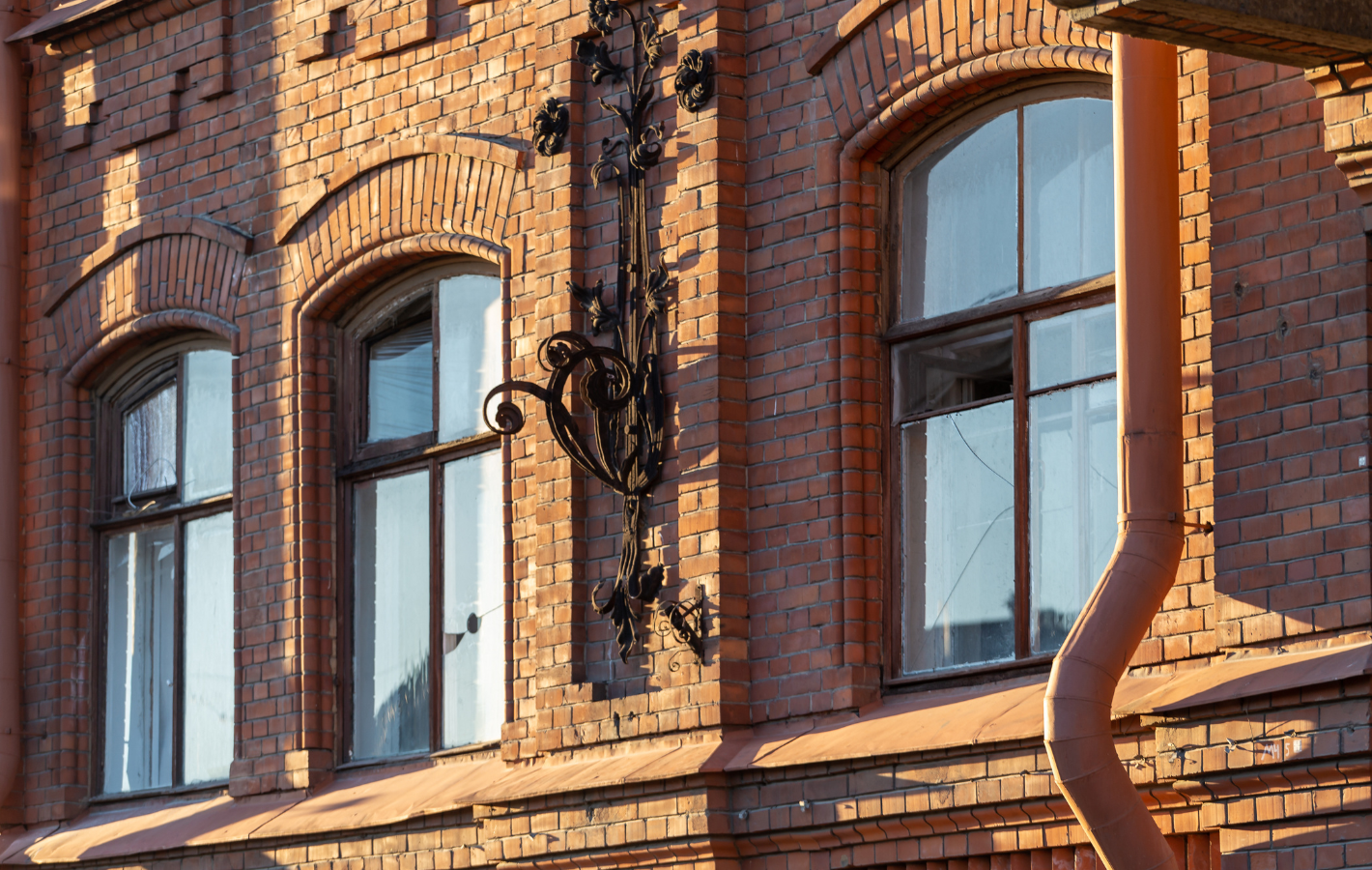
Introduction: In the heart of Mississippi, where the rhythm of life beats to the slow cadence of Southern comfort and the scent of magnolias hangs heavy in the air, lies a network of brick-clad general stores, markets, and gathering places. From the bustling streets of Oxford to the sleepy towns of the Delta, these iconic establishments serve as pillars of community life, where locals gather to swap stories, share laughter, and savor the simple pleasures of Southern living. Join us as we journey through the timeless charm of Mississippi's brick-clad staples, where time stands still and the spirit of the South thrives. Heartbeat of the Community: The Role of General Stores in Mississippi General stores have long been the heartbeat of Mississippi's small towns and rural communities, serving as more than just places to buy goods—they are gathering spots where neighbors come together to catch up on local news, exchange pleasantries, and forge lifelong friendships. Explore the rich history and enduring legacy of Mississippi's brick-clad general stores, from the historic squares of Natchez to the picturesque main streets of Tupelo. Learn how these beloved institutions have weathered the storms of time, remaining steadfast symbols of community pride and resilience. Market Traditions: Brick-lined Bazaars and Farmers' Markets Across Mississippi Mississippi's brick-lined markets and farmers' markets are vibrant hubs of activity, where the sights, sounds, and smells of the South come alive in a riot of color and culture. Explore the bustling bazaars and open-air markets that dot the landscape of Mississippi, from the iconic Cotton Row Market in Cleveland to the lively Oxford City Market. Learn how these bustling marketplaces celebrate the rich agricultural heritage of the region, offering a diverse array of fresh produce, handmade crafts, and homemade treats that reflect the flavors and traditions of the South. Gathering Places: Brick-clad Cafes, Diners, and Soda Fountains in Mississippi Mississippi's brick-clad cafes, diners, and soda fountains are more than just places to grab a bite to eat—they are cherished gathering spots where locals come together to break bread, share stories, and make memories. Explore the cozy corners and quaint interiors of Mississippi's iconic eateries, from the timeless charm of Ajax Diner in Oxford to the nostalgic allure of Brent's Drugs in Jackson. Learn how these beloved establishments serve as cultural touchstones, preserving the traditions of the past while embracing the spirit of the future. Preserving the Legacy: Honoring Mississippi's Brick-clad Staples As we celebrate the enduring charm of Mississippi's brick-clad staples, we are reminded of the importance of preserving and honoring this cherished heritage for future generations. Explore how organizations like Magnolia Brick, with locations in Tupelo and Oxford, Mississippi, are committed to providing high-quality construction materials and expert guidance to builders and developers across the state, ensuring that the beauty and authenticity of Mississippi's brick-clad staples continue to thrive, one brick at a time.
